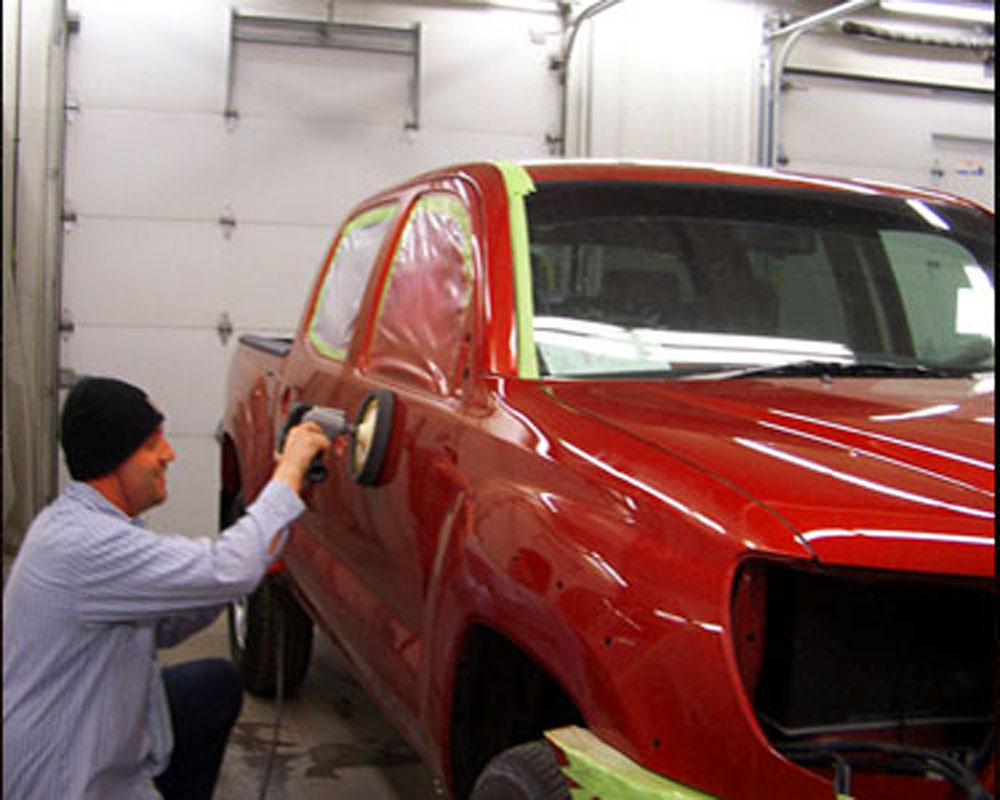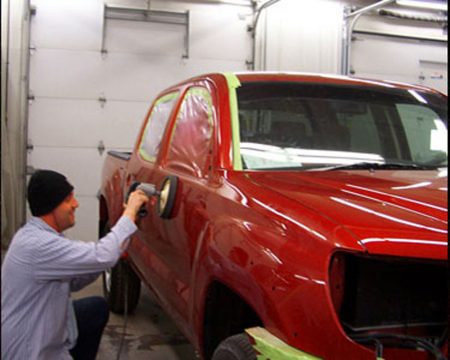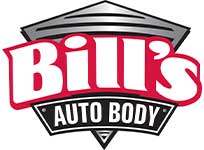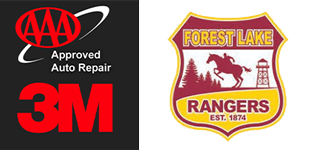
 Collision repair is the process of repairing or replacing accident-damaged auto parts. These repairs or replacements affect the structure, safety, and appearance of the automobile. Accidental damage to an automobile necessitates collision repair. Modifications can be made to the significant body and engine work.
Collision repair is the process of repairing or replacing accident-damaged auto parts. These repairs or replacements affect the structure, safety, and appearance of the automobile. Accidental damage to an automobile necessitates collision repair. Modifications can be made to the significant body and engine work.
A person who has never been in an accident may find it difficult and stressful to repair a vehicle after one.
It is essential to comprehend how a collision repair shop operates, despite the fact that many consumers are only concerned with the outcome and not the process.
Knowing what goes into collision repair eliminates some of the mystique. It provides a better understanding of the time, labor, and costs associated with restoring a vehicle to its pre-accident state. However, each body shop has its own procedures.
Following is a summary of what you can expect once your vehicle has been repaired:
Estimate
A body shop uses an estimate to determine the cost of repairs during the accident repair procedure. Estimates are based on a number of factors, including the severity of the damage, the type of vehicle, and the required repairs.
Damage to the vehicle, the type of damage, and the required repairs all factor into the estimate. Generally, it is generated by a computer program. Vehicle inspection is the initial step in the process of accident repair. The estimator at the repair facility will handle it.
Following the completion of the paperwork and the release of the inspection results, photographs of the vehicle will be taken. After that, both the insurance provider and the customer will have access to all necessary data.
Disassembly
After an accident, the first step in rebuilding a vehicle is disassembling it. This is when the mechanics at the body shop remove all of the vehicle’s damaged or worn-out parts. This category includes the bumper, fenders, door, and anything else damaged in the collision.
Once the car’s pieces have been removed, they are sent to their respective departments for repair. At this point, your insurance company can request that the vehicle be disassembled. A request for inspection is made so that any damages can be adequately documented and determined. If both the customer and the insurance company have given their consent, the auto body shop can now place the necessary order.
Repair
During the accident repair procedure, an electronic measurement system evaluates the vehicle in order to return it to the manufacturer’s specifications. This is an essential step for preserving the structural integrity of the vehicle. If necessary, we will take care of wheel alignment and suspension maintenance.
Repairs to structural components should be performed simultaneously. As soon as you approve the repair plan, the crew will commence its work. They will begin by disassembling the damaged components of your vehicle. They can thoroughly assess the damage and perform any necessary repairs. After that, they will reassemble your vehicle and return it to you in its pre-accident condition.
Paint prep
Paint preparation is a crucial step in the collision repair process. The process begins by washing the exterior of the vehicle and applying a fresh coat of paint. This step is essential for a high-quality automobile finish.
Prior to refinishing, all types of automobiles require paint treatment. The repair shop will prepare every panel for painting prior to priming and sealing. When the primary color and an additional clear coat are applied to a vehicle, adhesion is enhanced.
Reassembly
Before a collision-damaged vehicle can be repaired, it must be disassembled. This will enable the mechanic to examine the vehicle and determine what needs replacement. After removing all vehicle components, the mechanic will perform this task.
In the reassembly area, the final moldings and detailed parts are returned to the vehicle. During this process, every vehicle component is examined. As soon as your vehicle reaches this stage, you can anticipate that the repairs will be completed and the car will be returned to the client.
Quality Control Examining
Throughout the collision repair process, quality assurance inspections are performed to ensure that the work is performed correctly and to the highest standard. These inspections are conducted by knowledgeable and seasoned personnel to ensure that the repairs have been performed properly.
In the majority of shops, the initial inspection occurs as soon as the vehicle arrives. The expert will conduct an inspection to determine the extent of the damage and develop a plan for its repair. It is then up to the insurance provider to determine whether or not they approve of the strategy. Once the customer approves the repairs, the specialist can begin working.
Regular inspections by the specialist will be incorporated into the repair procedure to ensure that the work is performed correctly. If any problems are identified, they will be resolved as soon as possible. After the repairs have been completed, a final inspection is conducted to ensure that everything is functioning properly.
If any issues are discovered during the inspections, they will be resolved and the process will continue until all issues are resolved. Thus, the purchaser can rest assured that the vehicle will be repaired properly and delivered in pristine condition.
Transfer to Client
It is the final and most crucial step in repairing your car. When the customer arrives at the dealership to pick up their vehicle, the final paperwork is provided and the bill is presented. The customer is then provided with a vehicle restored to its pre-accident condition for use on the way home.
Conclusion
Several procedures are performed at a body shop in order to restore your vehicle to its pre-collision condition.
A comprehensive vehicle inspection is the initial step in determining the extent of the damage. After assessing the damage, repairs are carried out. Examples of these repairs include replacing damaged parts and repainting the entire vehicle. The final step is to test-drive your vehicle to ensure that the repairs were completed correctly and that it is running smoothly.


